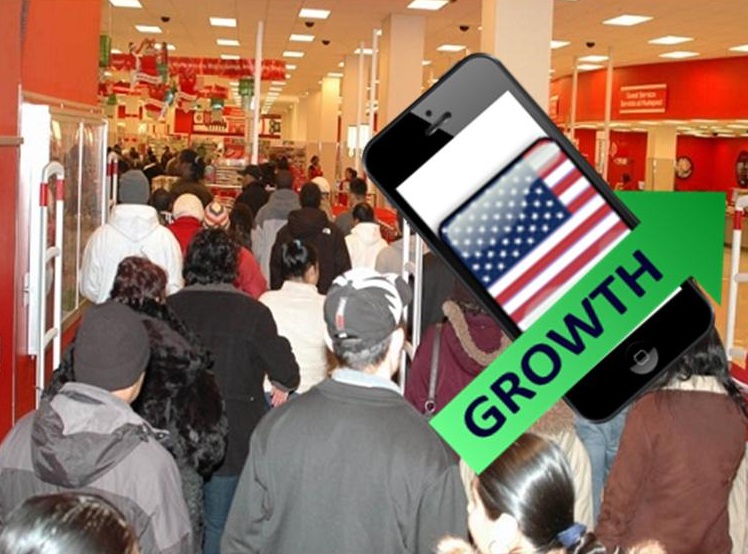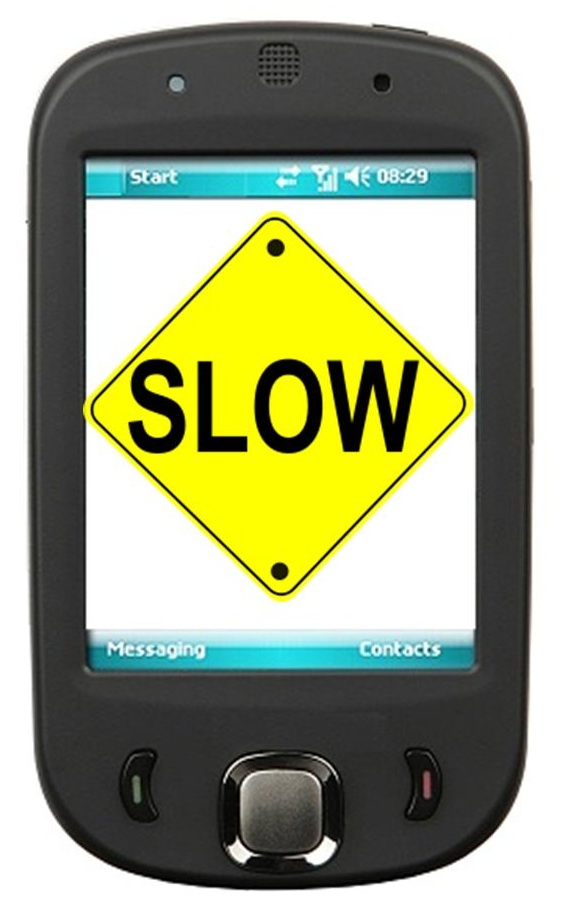 Mobile commerce helps power growth in retail
Mobile commerce helps power growth in retail
Mobile commerce continues to prove effective in the U.S. retail industry. Unbound Commerce, a mobile commerce solution provider for retailers, has released the latest results of its index of the top 200 retailers using the company’s Mobile Presence platform. These companies utilize this platform to power their mobile commerce initiatives. According to Unbound Commerce, those using the platform have seen strong growth this year, especially as consumes become more comfortable with the idea of mobile payments.
Unbound Commerce provides insight on retail performance
According to Unbound Commerce, retailers using the Mobile Presence platform saw their mobile commerce revenue jump by 71% in March and April of this year over the levels they had been in 2012. The company notes that mobile traffic has also increased, nearly doubling for retailers with sites that are optimized for mobile use. Unbound Commerce also notes that mobile sales are also increasing. Consumers are purchasing more via their mobile devices rather than through traditional platforms.
Security continues to be a concern for many consumers
Security concerns continue to be an issue in mobile commerce. Many consumers are still wary of using their mobile devices to purchase anything due to the fragility of some mobile security systems and the constant threats that exist in the digital world. Retailers have proven somewhat adept at placating these concerns, however, and the Mobile Presence platform offers some security features that help retailers keep the financial information of consumers safe.
Easy to use platforms appeal to consumers
Part of the reason consumers have been responding well to mobile commerce is linked to the ease of use that the Mobile Presence platform offers. In the past, consumers have been driven away from mobile commerce by cumbersome platforms that make the transaction process very difficult. Simple platforms allow consumers to purchase the products they are interested in a quick an efficient way, increasing the overall shopping experience.

 A recent study has shown that many shoppers are turned off of the struggles from going mobile.
A recent study has shown that many shoppers are turned off of the struggles from going mobile.